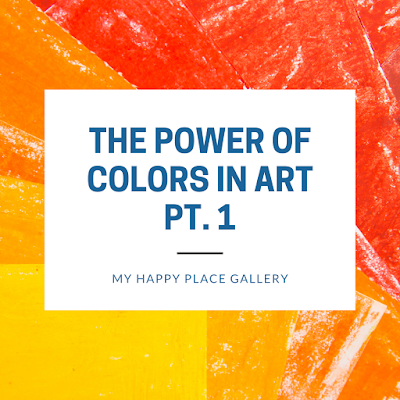The History of Photography, Pt. 2
Did
you know that you are influenced by photography almost everywhere you go?
Whether you're scrolling through your Instagram feed, flipping through a
magazine, or watching your favorite show, you are reaping the outcomes of
photography! If you haven’t read our previous blog on the beginnings of
photography, be sure to check that out! In this blog, we will dive deep in the
camera's early evolutions during the last half 19th century.
After
Daguerre and Niepce’s developments, many advancements in photography followed
in the next fifty years. Daguerre’s method traveled worldwide, reaching Europe,
the Middle East, and even in the United States. However, the process was still
a lengthy one, and exposure time lasted around an hour. This means that moving
objects were not able to be captured.
Attempts
to advance the daguerreotype technique started in the US and Europe shortly
after the process was released. Photographers wanted to create a more practical
method to capture portraits. Alexander Wolcott opened the first known
photography studio in New York in 1840 that specialized in tiny portraits.
Wolcott used a camera with a mirror instead of a lens to capture his images.
Across the world in Vienna, József Petzval and Friedrich Voigtländer tried to
perfect the craft by developing their own cameras and lens. Petzval constructed
an achromatic portrait lens that operated 20 times faster than those of
Daguerre’s cameras. Voigtländer, on the other hand, discarded the large wooden
box that Daguerre used and opted for a transportable size for his camera.
Richard
Beard opened the first European studio in London in 1841. Beard, along with
John Frederick Goddard, worked to decrease the exposure time and accelerate the
process. After experimenting with different techniques, the two were successful
and eventually dwindled the exposure time down to one to three minutes.
Additionally, Goddard and Wolcott crafted a process that included using a blue
glass to filter the sunlight to lessen the strain on the portrait sitters’
eyes.
The
daguerreotype flourished in the following years, and photography studios opened
all over the world. Despite its popularity, chemist William Talbot worked to
improve the process and create duplicate images. Talbot’s experiments with
gallic acid and paper led him to discover and create a latent image. Now,
instead of using metal and relying on an hour exposure time, Talbot only needed
around a minute of exposure. The images produced on paper were not as clear as
they were on metal. This new discovery was revolutionary, and images on paper
became as valuable as those captured by daguerreotype. Talbot used the term
calotype, which means “beautiful picture,” to name his newly developed process.
Years
after Talbot’s discovery, a new process evolved, known as stereoscopy. The
method was first used in 1832 but was developed in 1849 by David Brewster. This
process included merging two images into one by using two lenses placed a few
inches apart. The stereoscope looks similar to a pair of hefty sunglasses as
the lenses simulated human eyes. Images were placed in front of each of the
lenses but appeared fused together when looked at through the stereoscope. The
illusion of one three-dimensional image was then naturally produced by the
human brain. Stereographs became popular throughout the latter half of the
1800s for both recreational and educational purposes. Images of landscapes and
world monuments were some of the most prevalent among users.
One
of the biggest revolutions of photography was the development of the wet
collodion process in 1851. Frederick Archer concocted this method that allowed
paper prints to be created from glass-plate negatives. This technique worked 20
times faster than all others. It did have one fatal flaw, however. The plates
were required to be sensitized instantly after being exposed to light. This
meant it was still damp while the photographer exposed and processed the image.
Thankfully,
decades later, a dry plate was introduced that completely changed the process.
Many attempts to craft a dry alternative took place in the 1870s, but English
physician Richard Maddox was the one to come up with a working solution. Maddox
discovered that allowing silver bromide to hang in gelatin would create a
faster exposure due to the gelatin’s sensitivity. Due to this more immediate
process, the need for a tripod vanished.
Handheld
cameras became the new norm and were made available to the public at an
affordable price. Now, anyone was able to capture an image instantaneously.
This development led to the beginning of the modern era of photography and some
of the most prominent camera developers of all time.



Comments
Post a Comment